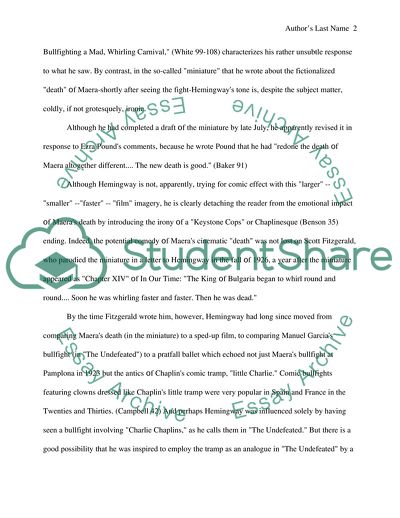Cite this document
(Charlie Chaplin & the Little Tramp Assignment Example | Topics and Well Written Essays - 1578 words - 1, n.d.)
Charlie Chaplin & the Little Tramp Assignment Example | Topics and Well Written Essays - 1578 words - 1. https://studentshare.org/sociology/1710922-charlie-chaplin-the-little-tramp
Charlie Chaplin & the Little Tramp Assignment Example | Topics and Well Written Essays - 1578 words - 1. https://studentshare.org/sociology/1710922-charlie-chaplin-the-little-tramp
(Charlie Chaplin & The Little Tramp Assignment Example | Topics and Well Written Essays - 1578 Words - 1)
Charlie Chaplin & The Little Tramp Assignment Example | Topics and Well Written Essays - 1578 Words - 1. https://studentshare.org/sociology/1710922-charlie-chaplin-the-little-tramp.
Charlie Chaplin & The Little Tramp Assignment Example | Topics and Well Written Essays - 1578 Words - 1. https://studentshare.org/sociology/1710922-charlie-chaplin-the-little-tramp.
“Charlie Chaplin & The Little Tramp Assignment Example | Topics and Well Written Essays - 1578 Words - 1”. https://studentshare.org/sociology/1710922-charlie-chaplin-the-little-tramp.


